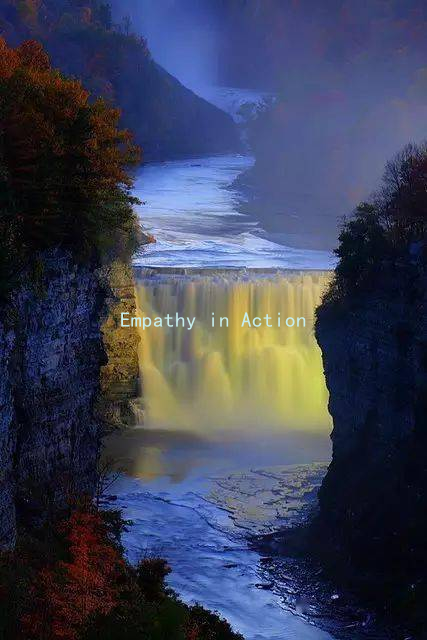From Chemistry to Connection: Navigating Love Through a Scientific Lens
From Chemistry to Connection: Navigating Love Through a Scientific Lens
In the complex realm of relationships, love is often shrouded in mystery, emotion, and occasional chaos. Yet, if we view it through a scientific lens, we can uncover patterns, tactics, and techniques that may lead to deeper connections. Understanding the mechanics of love can empower individuals to nurture meaningful relationships, making the journey of romance not just an emotional affair but also an intellectual exploration.
1. The Basics of Attraction: Chemistry and Biology
Attraction often begins with chemistry—the type that ignites a spark. But what exactly is happening on a biological level? Hormones like dopamine, oxytocin, and adrenaline play significant roles in how we feel. Dopamine, for instance, is related to feelings of pleasure and reward. When you meet someone and feel a rush of excitement, that’s dopamine at work.
Utilizing this knowledge, you can increase your chances of attraction by engaging in activities that boost adrenaline. Trying new experiences together, such as rock climbing or cooking classes, can trigger a chemical response that fosters a sense of connection. These shared adventures can create lasting memories, turning fleeting chemistry into enduring bonds.
2. The Power of Communication: Speaking the Language of Love
Effective communication is the foundation of any relationship. The way you express your feelings, thoughts, and desires can either build walls or create bridges. One powerful tool in modern relationships is the use of I statements. Instead of saying, You never listen to me, try rephrasing it as, I feel unheard when I’m not given the chance to express my thoughts. This approach reduces defensiveness and promotes openness.
Additionally, understanding the five love languages, as defined by Dr. Gary Chapman—words of affirmation, acts of service, receiving gifts, quality time, and physical touch—allows individuals to communicate affection in a way that resonates with their partner. Tailoring your approach based on your partner’s love language not only fosters connection but also fosters appreciation.
3. Emotional Intelligence: The Key to Navigating Conflict

Disagreements are inevitable in any relationship. However, the ability to navigate these conflicts with emotional intelligence can make a world of difference. Being aware of your own emotions, as well as the feelings of your partner, can lead to more empathetic interactions.
Practice active listening—fully engaging with what your partner is saying without immediately formulating your response. This creates a safe space for dialogue and enhances understanding. When conflicts arise, use de-escalation techniques such as taking breaks or reframing the conversation. Instead of pointing fingers, work together to find solutions, transforming potential arguments into opportunities for growth.
4. The Science of Commitment: Building a Lasting Partnership
Long-term relationships rely on a foundation of commitment and trust. The concept of “secure attachment,” derived from attachment theory, suggests that individuals who feel secure in their relationships are more likely to invest in their partners openly. To foster this security, create a culture of reliability and support. Be there for each other, both in moments of joy and during challenging times.
Setting shared goals, whether they relate to career aspirations, travel plans, or family visions, can solidify your commitment to one another. Celebrate small victories together and support each other in pursuing individual goals, reinforcing the idea that you are not just partners but collaborators in life.
5. Embracing Vulnerability: The Gateway to Deeper Connection
Ultimately, love thrives on vulnerability. While it may seem counterintuitive, allowing yourself to be open and imperfect can lead to profound connections. Share your fears, aspirations, and even failures with your partner. This transparency fosters intimacy and helps both partners feel valued for who they truly are.
In conclusion, navigating love through a scientific lens allows for an enriched understanding of relationships. By combining chemistry with effective communication, emotional intelligence, commitment, and vulnerability, we can cultivate meaningful connections that stand the test of time. Love may be an art, but understanding its science can make the journey not only more manageable but also immensely rewarding. As we embrace both the emotional and scientific aspects of love, we pave the way for deeper, lasting relationships.





